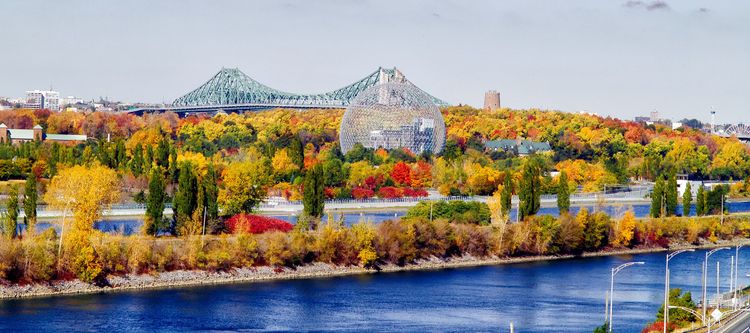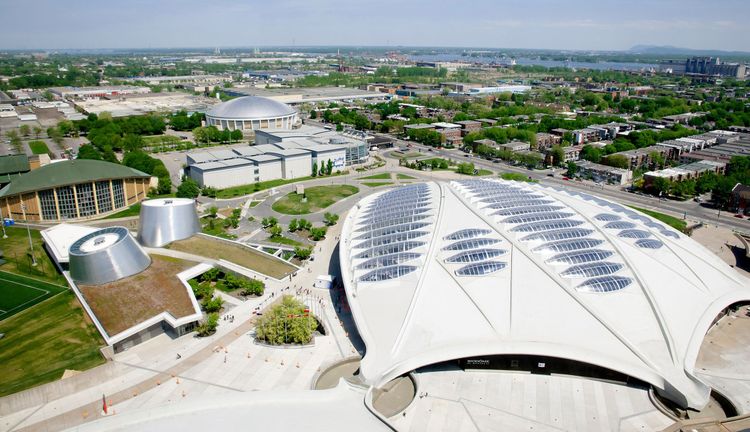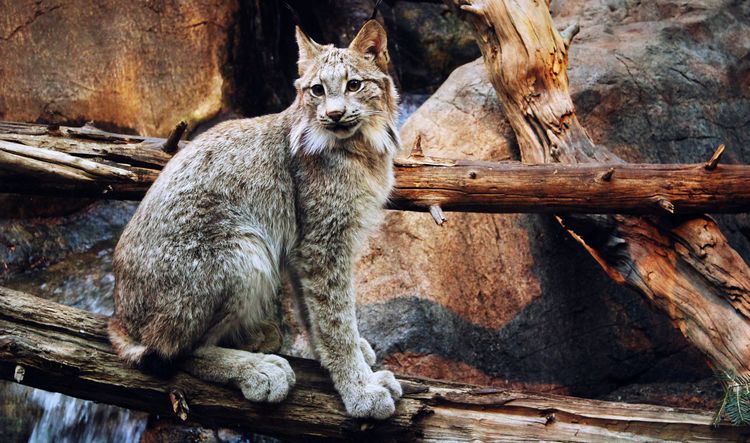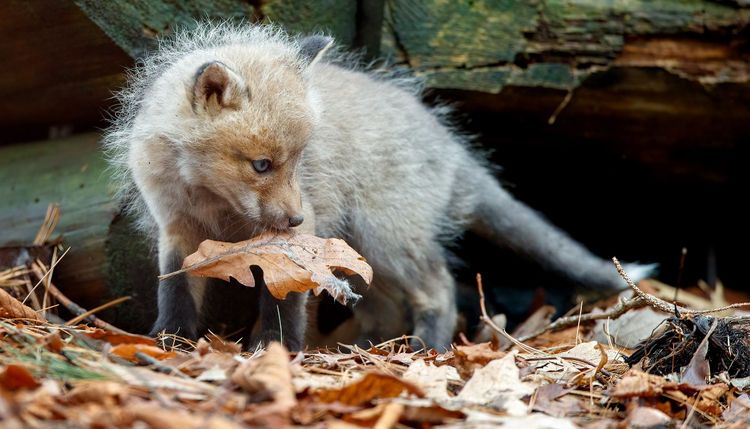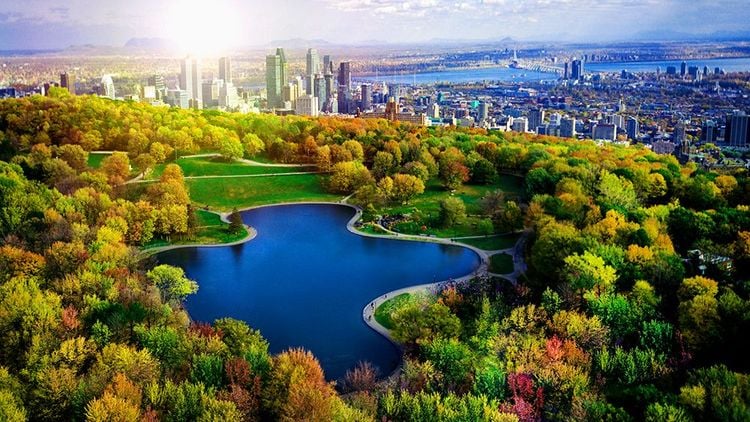Opening times and days
The biodome is open from 9.30 a.m. to 4.30 p.m. every day for visits. Opening times may vary according to the season.
Where is the Montréal biodôme?
The biodôme is located in Maisonneuve Park, where the Montréal Botanical Garden is also located. You can visit both on the same day.
How do I get there?
You have two options for visiting the former velodrome.
Discover marine ecosystems at the Biodôme de Montréal
👉 By metro, take line 1 to Honoré-Beaugrand station. From Montreal's historic district, it's an 11-minute journey. You'll arrive right next to the Biodôme
👉 By bus: bus line 185 takes you from the centre of Montreal to the Biodôme in 30 minutes. The stop is Sherbrooke / No 4751.
How much does admission cost?
Admission to the Biodôme costs $22 for adults. Children's tickets cost $11. 👉 Other rates are available for students and seniors. 👉 Children under 4 are free.
You can reserve your tickets on the Espace pour la vie de Montréal website.
As the number of places is limited, you must reserve your time slot and the day of your visit.
How long can I stay?
If you're a family with children, we recommend that you spend at least half a day at the biodome. That way, you can visit the ecosystems without having to rush.
